Inspiration, Mystery, Nature, Tunguska
Tunguska
Tunguska
We like to think that we’re safe here on Earth, that there are forms of protection to keep the population safe and healthy. Every now and again, something happens that disrupts those thoughts of safety. Be it an earthquake, hurricane, mudslide, or wildfire, natural disasters can uproot thousands of people and change millions of lives in the blink of an eye. In recent years, technologies have been developed that help us forecast these events to try and save lives. Even if we can get people to safety before the storm hits, we’re still left cleaning up the damage that’s been left behind. What if, however, we didn’t know what caused the disaster? What if there was an event that caused so much damage that even 100 years later, the area is still feeling the effects but yet science has no firm answers on what happened? Today, follow along as we investigate the events of the Tunguska Incident.
At 7:17am local time, Russian settlers noticed a column of bluish light as bright as the sun moving across the sky. Near the banks of the Podkamennaya River the first rays of the suns light were warming the pine forests when the sky exploded. On June 30th, 1908 a shock wave 1000 times stronger than the Hiroshima bomb devastated over 2000 square kilometers of forest, destroying an estimated 80 million trees. Bears, wolves, foxes, Reindeer, and thousands of other animals were wiped out along with the vegetation in an area, that, 100 years later, still hasn’t recovered.
Witnesses to the event say a sound moved from the east to the north. The sound was accompanied by a shock wave that knocked people off their feet and broke windows over a hundred kilometers away. Seismic stations across Eurasia reported an equivalent shock wave to an earthquake measuring 5.0 on the Richter scale. Atmospheric pressure fluctuations were strong enough to be felt in Great Britain. The night sky in Asia and Europe were aglow over the next few nights.
Luckily, due to the sparse population of the area, only one human death was attributed to the blast, however, due to the rotation of the earth, if the blast would have occurred just four hours later, it would have wiped out St. Petersburg Russia. What would happen if a blast like this occurred today over a major city? The effects would be so catastrophic that the entire world would feel the consequences. How has science taken steps to protect us from a blast like this again? Therein lies the problem; there’s no firm scientific consensus as to what actually happened over 100 years ago in Tunguska.
Set in the depths of Siberia, Tunguska is a desolated place, sparsely populated and not of any real strategic importance. There was little scientific curiosity about the impact at the time. If any investigations did take place, the records were lost during the turmoil in the following years; World War I, the Russian Revolution of 1917, and the Russian Civil war.
The first recorded investigation to the site was over a decade after the blast in 1921 by Russian mineralogist Leonid Kulik. Kulik was visiting the Podkamennaya Tunguska River basin for a geological survey for the Soviet Academy of Sciences. After witnessing the destruction and listening to local accounts, Kulik determined that the blast was caused by a meteorite impact. He organized more exploration to gather meteoric iron that could be salvaged for Soviet industry.
Upon returning to the site in 1927, Kulik was hindered by superstitious guides that wouldn’t enter the area of the blast. The largest surprise was when they finally reached the center of the blast; no crater was to be found. Ground zero was a zone of trees that stood upright but had been scorched of all branches. For a five mile radius, trees stood but devoid of branches. Further out, the trees were knocked over away from the center. No crater or meteorite hole was found anywhere.
Speculation began to run rampant as to what had really caused the blast. There was trace amounts of evidence that a meteor could have collided with the earth, possibly exploding in the air above Tunguska which would explain the standing trees and no holes but questions still exist to how it exploded in the air. Others speculate that it was a comet or asteroid.
Whatever exploded above Tunguska detonated with the power of 10-15 million tons of dynamite. The only traces of evidence in the soil were very small diamonds and tiny spheres of glass with high concentrations of iridium and nickel, which would suggest extraterrestrial origin. A comet or asteroid would become increasingly compressed by the resistance of the Earth’s atmosphere, to the point where it would explode in the air, producing violent heated gas that would continue on the original trajectory path.
Due to the lack of conclusive data and results of what actually happened, other, more extreme theories have cropped up about what impacted the Earth that morning in Tunguska. One of the first theories to be circulated was that particles of anti-matter had struck the Earth. The collision of matter and anti-matter is theorized to have the cataclysmic effects seen at Tunguska, but would also produce a constant stream of gamma rays, which has not been detected.
The Tunguska Event, dubbed by some the ‘Russia Roswell’ has long thought to have been an alien spacecraft crashing into Earth. UFO researchers claim that a spaceship blew up over Tunguska, causing the damage. There have even been claims of alien material and quartz slabs with alien writing being recovered from the site but no evidence has ever been made available to the mainstream public.
In 1973, a theory was postulated that a black hole might have tunneled through the earth. Although it is theoretically possible that a black hole could form on the earth, there would have been more seismic activity and other traces strange background radiation readings. Even a microscopic black hole would have left more evidence than was found.
No matter what happened that day, the Tunguska Event has fascinated scientists, conspiracy theorists, and science fiction fans to this very day. It has all the makings of a great conspiracy, no provable evidence, multiple theories, and many questions that have no answers. From the scientific standpoint, if this even was able to happen in a desolate region in 1908, what’s stopping it from happening in a populated area in 2015?
To see how the Tunguska Event has influenced my science fiction writing please visit my website, www.leifericksonwriting.com and buy my books today.
Traynor, Chris, The Tunguska Event, Journal of the British Astronomical Association, 107, 3, 1997
APOD: 2007 November 14 – Tunguska: The Largest Recent Impact Event”. Antwrp.gsfc.nasa.gov. Retrieved 2015-10-05
Peplow, Mark (Jun 10, 2013). “Rock samples suggest meteor caused Tunguska blast”. Nature News.

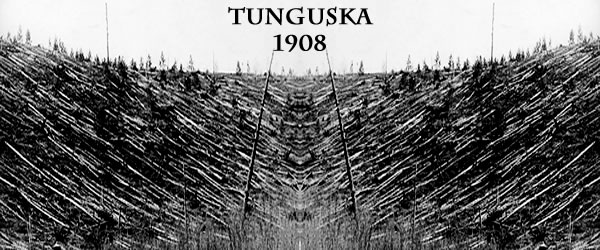




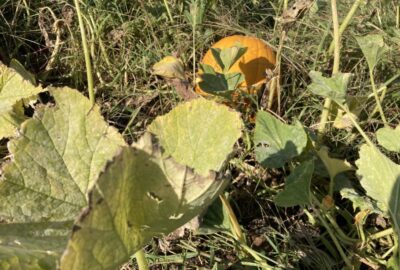



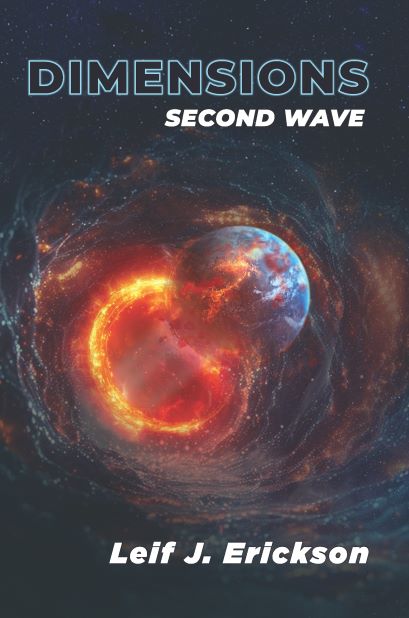
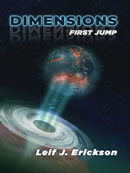
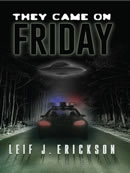

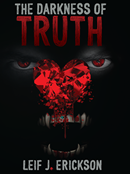
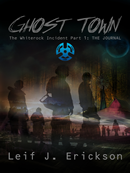
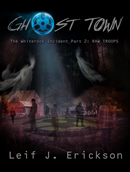

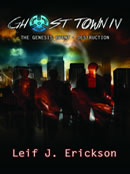

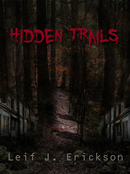
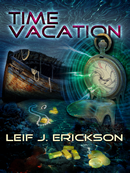





Leave a reply
You must be logged in to post a comment.